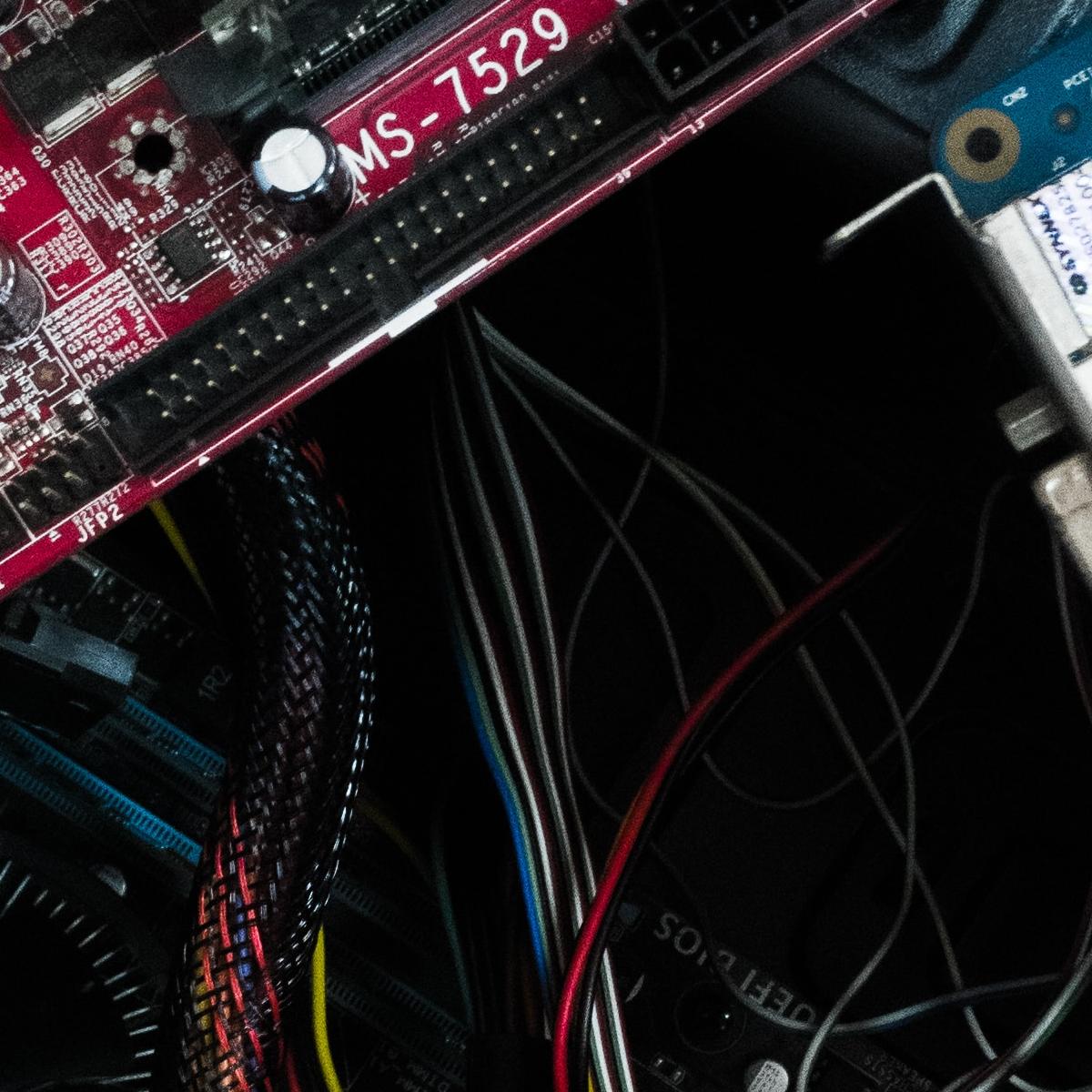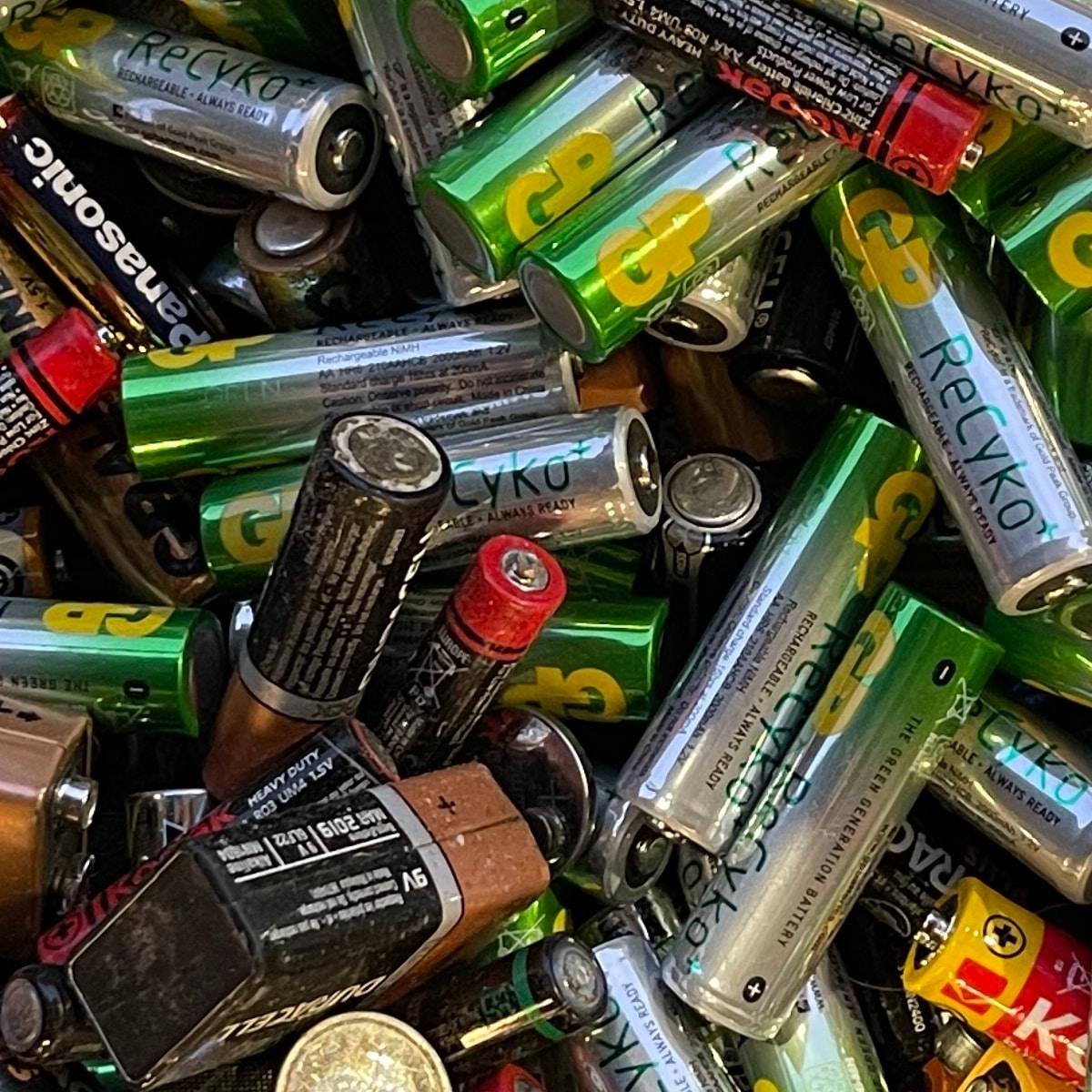Assessment method for circular scoring (Recommendation ITU-T L.1023)
Realization of the circular economy requires incorporating elements in product design that support the reduction of material use, reuse, recycling and recovery of products, product parts, components and materials to circulate them in the value chain for as long as possible. This Recommendation contains a three-step methodology to identify an information and communication technology (ICT) good's circularity in three dimensions via three circular design guideline groups (CDGGs):
- The ICT good durability
- The ICT good ability to be recycled, repaired, reused and upgraded,
- The manufacturers ability to recycle, repair, reuse and upgrade the ICT good put into the market.
The three guideline groups are then divided into criteria for circular product design. These criteria are then assessed at four levels, both from how well circularity has been achieved, the margin of improvement, and the relevance and applicability of each criterion for the ICT good at hand. The margin of improvement (MI) score and relevance score are then combined and translated into a score for each criterion. The average of applicable criteria in each guideline group are calculated as the total circularity score for each guideline group.
Objective
The recommendation outlines an assessment method for circularity scoring of information and communication technology (ICT) goods.

Item Assessment information
Needs addressed
- Adopting SCP norms, technologies and practices
Leaving no one behind
- Enhancing SCP practices and collaboration between key stakeholders (public and private)
Applicability
- Tested
- Implemented
- Evaluated Proof of Concept
- Applicable multiple countries
Organizations

-
12.1
-
12.2
-
12.3
-
12.4
-
12.5
-
12.6
-
12.7
-
12.8
-
12.a
-
12.b
-
12.c
How does the tool make an impact on SDG12?
The recommendation supports in particular resource efficiency and circular economy of ITC products thereby having a direct impact on targets:
12.2 - Natural Resources
12.3 - Food Loss & Waste
12.4 - Chemicals & Waste
12.5 - Reduce Waste
12.6 - Sustainability reporting (businesses)
12.a - Environmentally sounds technologies
How does the tool make an impact across SDGs?
It supports SDG9 and SDG13 for more resilient and sustainable infrastructure and actions to address climate change.


